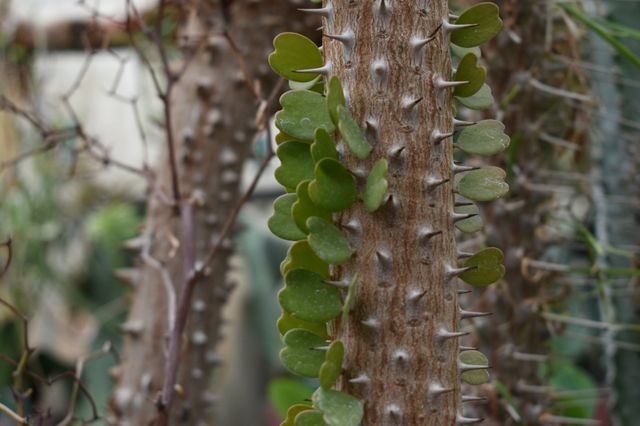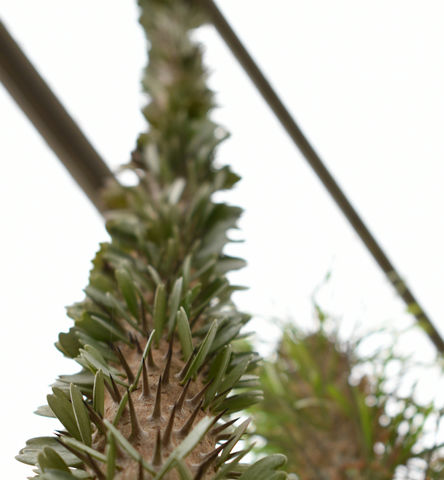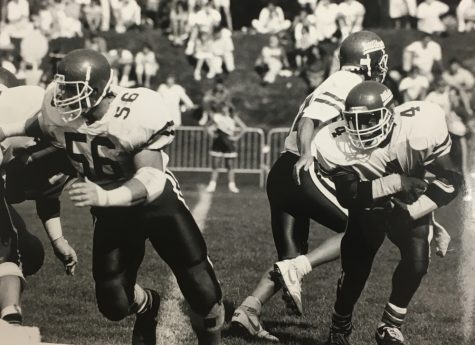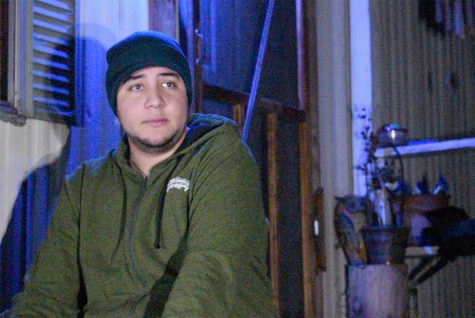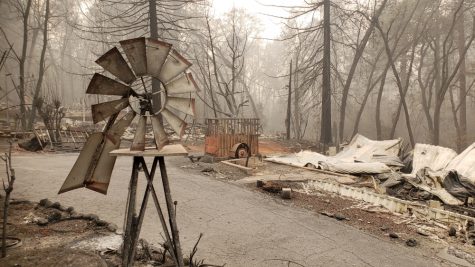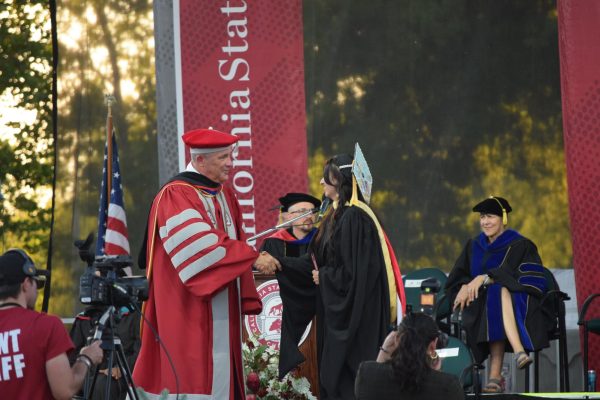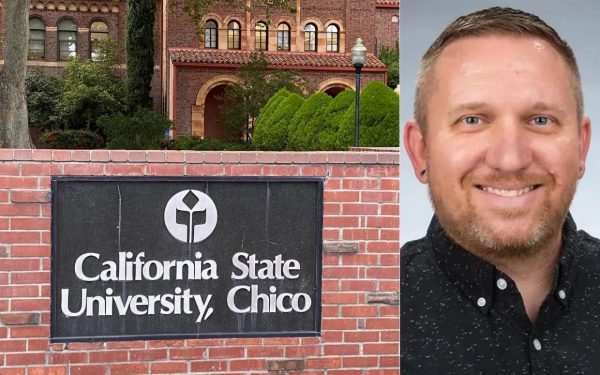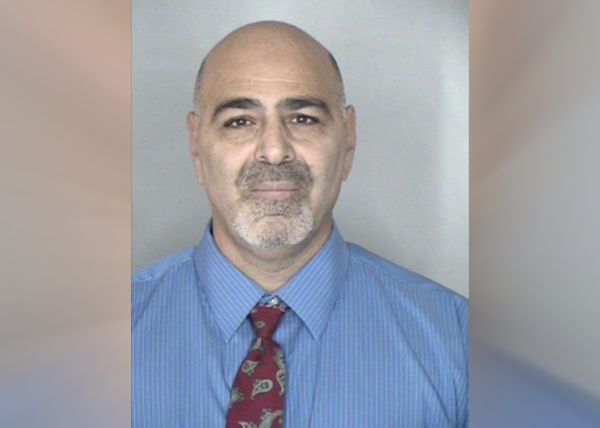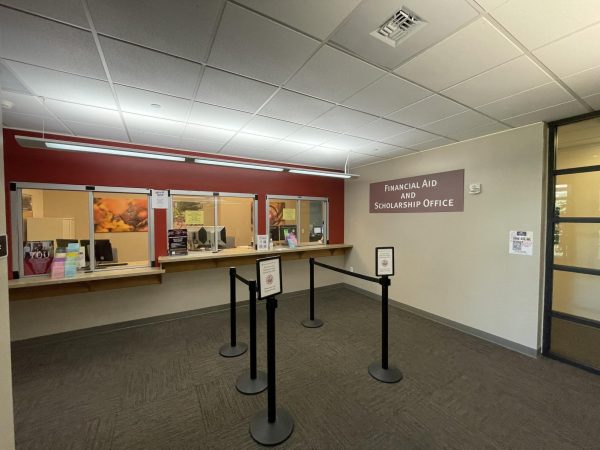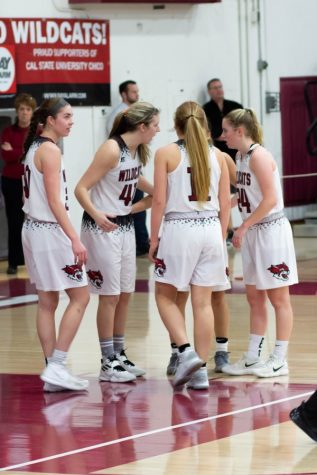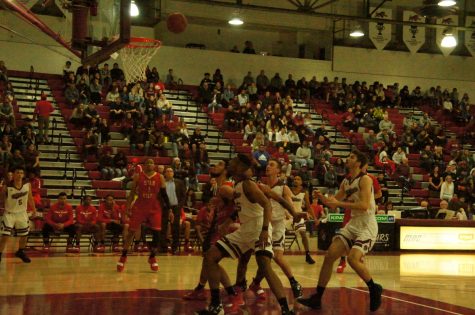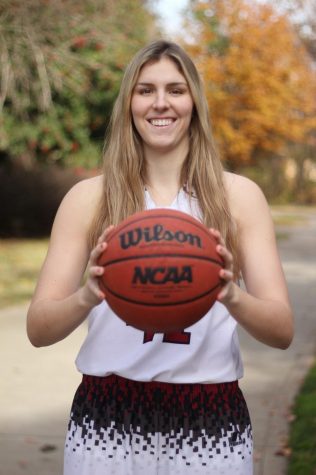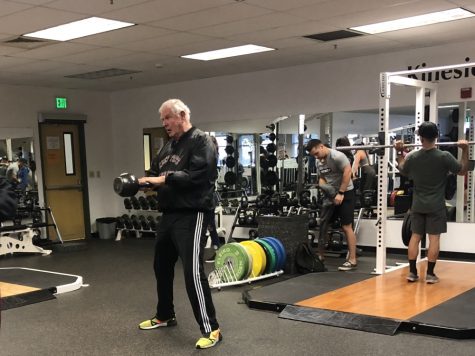Greenhouses give new home to thousands of plant species
This desert climate plants is called Alluaudia Procera and is native to South Madagascar. The leaves grow sideways to in order to minimize the surface area that is hit by the direct desert sunlight.
Over 3,000 plant species are in the process of moving to two new Chico State greenhouses.
Starting on Monday, various plants were removed from four weathered greenhouses that date back to the early 1970s, to two brand new greenhouses that are located next to the tennis courts. Plants from desert, tropical, temperate and miscellaneous environments will be divided into four rooms in one of the new greenhouses.
According to Facilities Management and Services Director Mike Guzzi, the two greenhouses will be split between two departments.
“One full (greenhouse) is the part for natural sciences,” Guzzi said. “The other (greenhouse) has an area in the front of it that is for faculty research from the science department, but then the back three-quarters of it is for the Ag. department.”
While three old greenhouses were able to home more plants, the new greenhouses will be more efficient with both lighting and heating. Biology Instructional Support Technician Mark Leigh said that the old greenhouses were made out of outdated fiberglass that has turned a yellowish hue due to deterioration. This yellow tint has reduced the amount of sunlight on the plants.
Leigh said the new greenhouses are mostly made of a polycarbonate material called twin wall which lasts longer and insulates better than fiberglass.
“It has a lifespan of 25 plus years,” Leigh said. “At night when you lose heat, you want to have a great insulating quality, but yet still need it to be clear for the light during the day.”
According to Leigh, twin wall does both; it’s translucent so it allows the right amount of light into the greenhouses and it’s multilayered structure ensures needed heat doesn’t escape at night.
Prior to the move, there were about 3,500 plant species in the old greenhouses. While the majority of plants will make it to the new greenhouses, some trees that are deeply rooted won’t make the transfer.
The new greenhouses simply don’t have room for all the plants especially the larger ones so Leigh plans to ship several species to other greenhouses.
“Plants that don’t get to come over or that don’t make it, will get to Davis, Berkeley and other universities,” Leigh said. “It’s a huge network, especially among the universities and conservatories.”
Part of the construction of the new greenhouses was demolishing two black-top tennis courts that Guzzi said were, “highly underutilized,” and weren’t repaved like the other blue and green courts. He also explained that the old greenhouses were hidden in a corner of campus near the railroad tracks so the new location will hopefully improve accessibility.
Leigh said the new location’s accessibility will make it easier to give plant tours to biology classes. These tours provide students with literal hands-on learning, which Leigh said makes Chico State unique.
“(A lot of) these plants, you would have to go to another university or conservatory to see them. And they’re just amazing, they’re bizarre-looking things,” Leigh said. “So the fact that a student or faculty member could come over there and actually see this plant, not just a picture from the internet, is pretty cool. It’s really neat that we have that here at this campus.”
Alex Grant can be reached at [email protected] or @AlexThomasGrant on Twitter.








